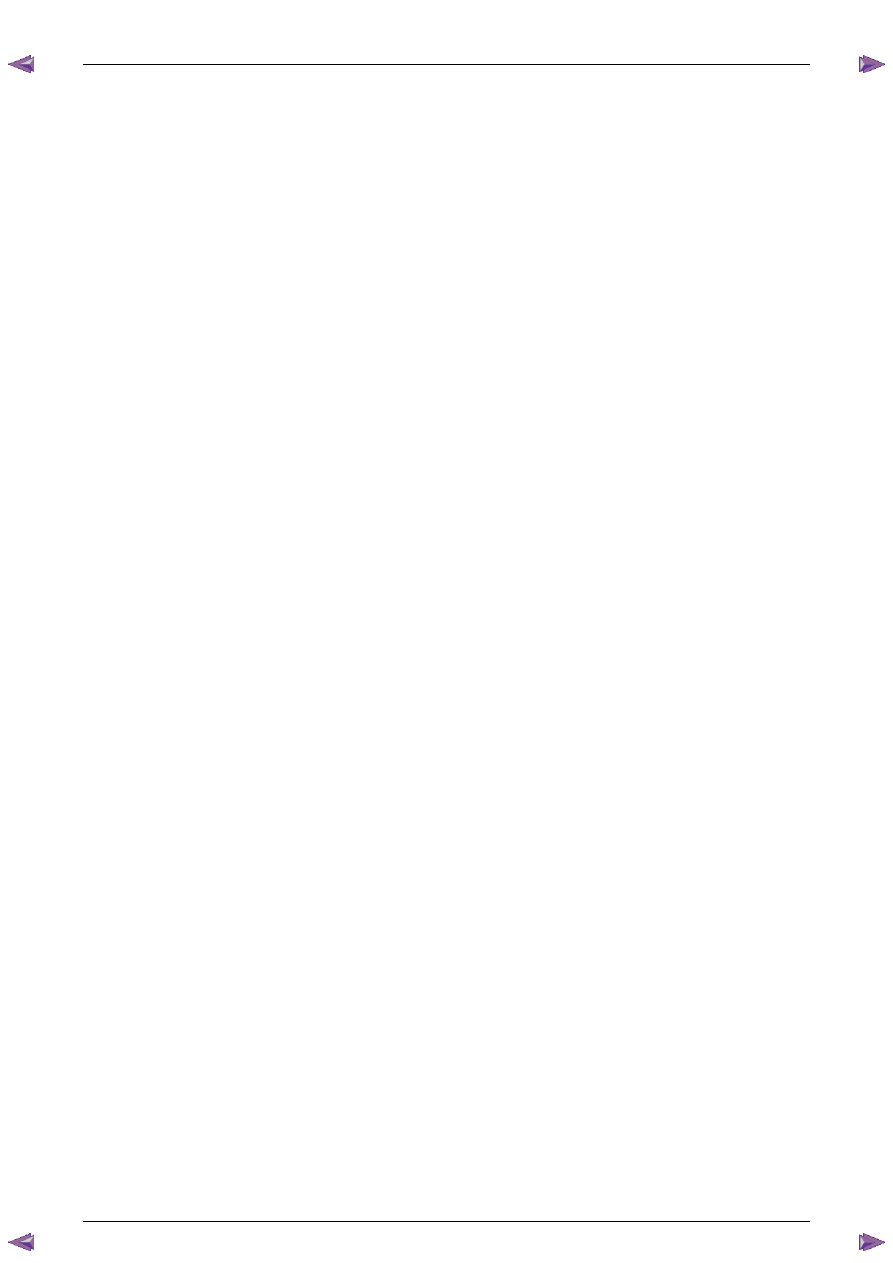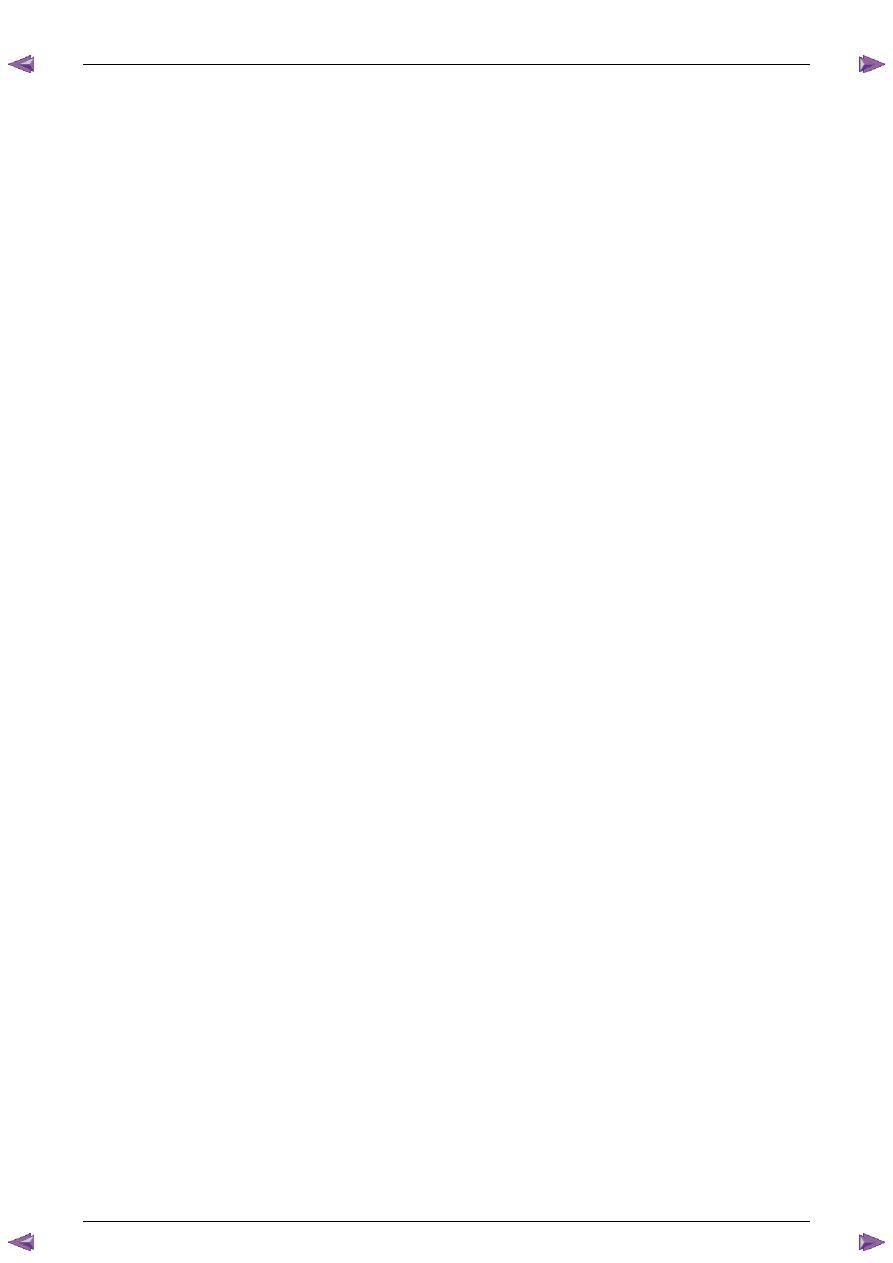Isuzu KB P190. Manual — part 706

Engine Mechanical – V6
Page 6A1–47
Page 6A1–47
2.17 Engine Oil Consumption Diagnosis
Definition
Excessive oil consumption (not due to leaks) is the use of 3 litres or more of engine oil within 10,000 kilometres. Prior to
performing oil pressure testing, a preliminary inspection of the vehicle should be performed. During the preliminary visual
inspection, the following likely causes of excessive oil usage should be investigated.
Cause Correction
External oil leaks.
Refer to 2.18 Engine Oil Leak Diagnosis.
Incorrect oil level or reading of the oil level indicator.
Check for the correct oil level, refer to 3.1 Engine Oil.
Incorrect oil viscosity.
Replace the engine oil, using the recommended SAE grade
of engine oil, refer to 3.1 Engine Oil.
Continuous high-speed driving or severe usage.
Service vehicle more frequently, refer to 0B Lubrication and
Service.
Crankcase ventilation system restricted or malfunctioning.
Repair or replace crankcase ventilation system components
as required, refer to 6C1-3 Engine Management – V6 –
Service Operations.
Worn valve guides and or valve stems.
Inspect and repair valves and valve guides as required,
refer to 3.22 Cylinder Head Assembly.
Worn or damaged valve stem oil seal.
Replace valve stem oil seals as required, refer to 3.22
Cylinder Head Assembly.
Piston rings broken, worn or not seated correctly.
Allowing adequate time for the piston rings to seat correctly,
replace piston rings as required, refer to 4.5 Pistons, Pins,
Rings, Connecting Rods and Big-end Bearings.
Piston rings incorrectly installed or not matched to cylinder
bore oversize.
Replace piston rings as required, refer to 4.5 Pistons, Pins,
Rings, Connecting Rods and Big-end Bearings.

Engine Mechanical – V6
Page 6A1–48
Page 6A1–48
2.18 Engine Oil Leak Diagnosis
Introduction
It is important to correctly identify the source of an engine oil leak. For example, a power steering fluid leak or spillage
during servicing can travel across the valley area of the engine and run-out the weep hole, which is located at the back of
the cylinder block. Failure to correctly identify the source of an engine oil leak can lead to unnecessary replacement of
engine components.
Most fluid leaks can be repaired by repairing or replacing the faulty component or resealing the gasket surface. However,
once a leak is identified it is important to determine and repair the cause as well as the leak itself.
Locating and Identifying the Leak
Inspect the leaking fluid and determine whether it is engine oil, transmission fluid, power steering fluid, brake fluid or
some other fluid. If unsure of the source of the leaking lubricant, a quick check of fluid levels should indicate where the
fluid is coming from, as one or more fluid level should be low.
Visual Inspection
Once the type of leaking fluid has been determined, a visual inspection of the affected system should be performed.
When performing the visual inspection:
1
Bring the vehicle to the normal operating temperature.
2
Park the vehicle over a large sheet of paper or other clean surface.
3
Leave the vehicle idling for 2-3 minutes, then check for dripping fluid.
4
If required, identify the type of fluid leaking and the approximate location of the leak.
5
Visually inspect the suspected area. A small mirror may assist viewing areas that are difficult to see normally.
6
Check for leaks at all sealing surfaces and fittings.
7
Check for any cracked or damaged components.
8
If the leak cannot be located, completely clean the entire engine and surrounding components, drive the vehicle at
normal operating temperature for several kilometres and then repeat Steps 3 to 8.
9
If the leak still cannot be located, proceed with either the Powder Method or Black Light and Dye Method as
outlined below.
Powder Method
1
Completely clean the entire engine and surrounding components.
2
Apply an aerosol type powder (e.g. foot powder) to the suspected area.
3
Operate the vehicle at normal operating temperature and at varying speeds for several kilometres.
4
Identify the source of the leak from the discoloration of the powder around the suspect components.
5
If required, use a small mirror to assist in viewing areas that are difficult to see normally.
6
Refer to Possible Causes for Engine Oil Leaks in this Section, and repair or replace components as required.
Black Light and Dye Method
A black light and die kit Tool No. J28428-E or a commercially available equivalent is available to technicians to aid in
engine oil leak diagnosis. When using a black light and die kit for the first time, it is recommended the technician read the
manufacturers instructions prior to using the kit.
1
Add the specified amount of dye, as per manufacturers instructions, into the engine or suspected source of the oil
leak.
2
Operate the vehicle at normal operating temperature and at varying speeds for several kilometres.
3
With the vehicle parked on a flat level surface, aim the black light at the suspected component/s. The dyed fluid will
appear as a yellow path leading to the oil leak source
4
Refer to Possible Causes for Engine Oil Leaks in this Section, and repair or replace components as required.

Engine Mechanical – V6
Page 6A1–49
Page 6A1–49
Possible Causes for Engine Oil Leaks
Common possible causes for engine oil leaks are:
•
higher than recommended fluid levels,
•
higher than recommended fluid pressures,
•
blocked or faulty fluid filters or pressure relief valve,
•
blocked or faulty engine ventilation system,
•
incorrectly tightened or damaged fasteners,
•
cracked or porous components,
•
incorrect gaskets or sealants used,
•
incorrect gaskets or sealant installation,
•
damaged or worn gaskets or seals, and
•
damaged or worn sealing surfaces.

Engine Mechanical – V6
Page 6A1–50
Page 6A1–50
2.19 Engine Oil Pressure Diagnosis
If the engine oil pressure is below the specified value, inspect the engine and components for the following:
•
loose oil filter adaptor bolts,
•
faulty oil filter adaptor seals,
•
worn or faulty oil pump,
•
loose oil pump bolts,
•
loose, blocked or damaged oil pump suction pipe,
•
faulty oil pump suction pipe seal,
•
faulty oil pump pressure relief valve,
•
faulty or incorrectly installed oil gallery plugs,
•
excessive bearing clearance in one of the following:
•
connecting rods big end/s,
•
crankshaft main journal/s,
•
camshaft/s,
•
camshaft sprocket/s, and
•
cracked, porous or restricted oil galleries, or broken lash adjuster/s.

Нет комментариевНе стесняйтесь поделиться с нами вашим ценным мнением.
Текст